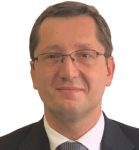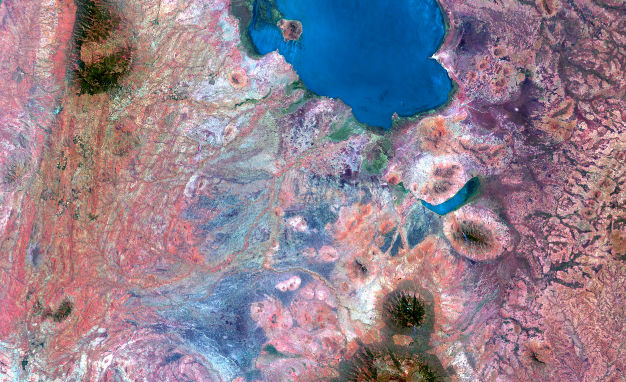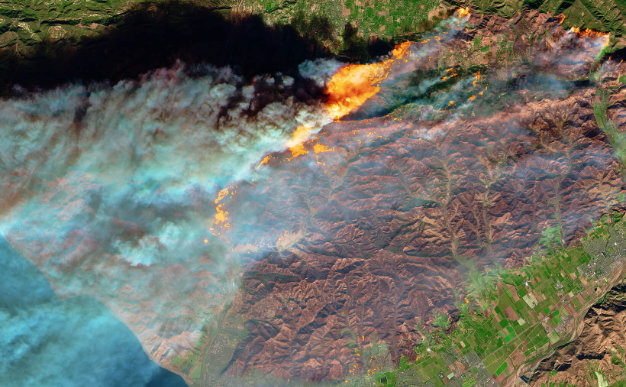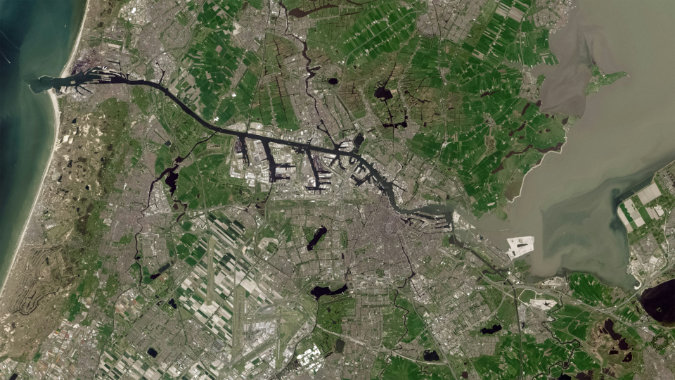
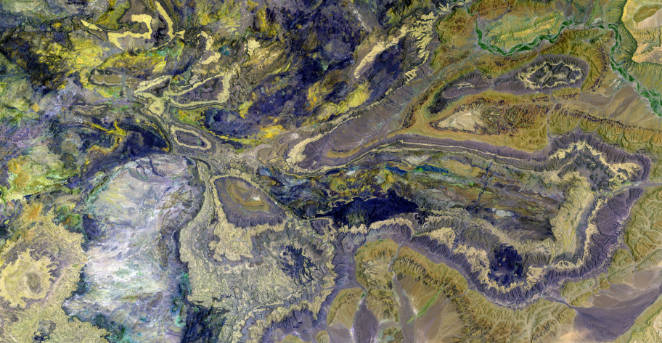
Soil Moisture Mapping Using L-band Microwave Radiometry and GNSS-R, and Disaggregation Algorithms for High Resolution Applications
Soil moisture is a critical parameter influencing various environmental processes, agricultural productivity, and hydrological modeling. Traditional methods of soil moisture measurement often suffer from limitations in spatial resolution and temporal frequency. In this talk, these challenges will be addressed by leveraging the unique capabilities ofmicrowave radiometry and GNSS-R from space.
The talk begins with an overview of L-band microwave radiometry, which captures thermal emissions from the soil, and GNSS-R, a remote sensing technique that utilizes signals from global navigation satellites to infer soil moisture content based on reflected signals from the earth’s surface. Some of these instruments (ground-based to spaceborne) developed at the Universitat Politècnica de Catalunya-BarcelonaTech (Spain) are presented.
Then, the application of disaggregation algorithms is described. These algorithms play a pivotal role in enhancing the spatial resolution of soil moisture estimates derived from coarser resolution satellite data. By means of machine learning techniques and high-resolution auxiliary datasets, the algorithms effectively downscale the soil moisture information, enabling a more precise mapping of the soil conditions across diverse landscapes.
These findings show the potential for operational applications in agriculture, where timely and precise soil moisture information can inform irrigation practices and crop management strategies, and in climate and environmental monitoring where enhanced soil moisture data can support better predictions of drought conditions and flood risks. In a future, these high-resolution soil moisture maps could be routinely utilized in decision-making processes, ultimately contributing to better water management and improved resilience against climate change.

